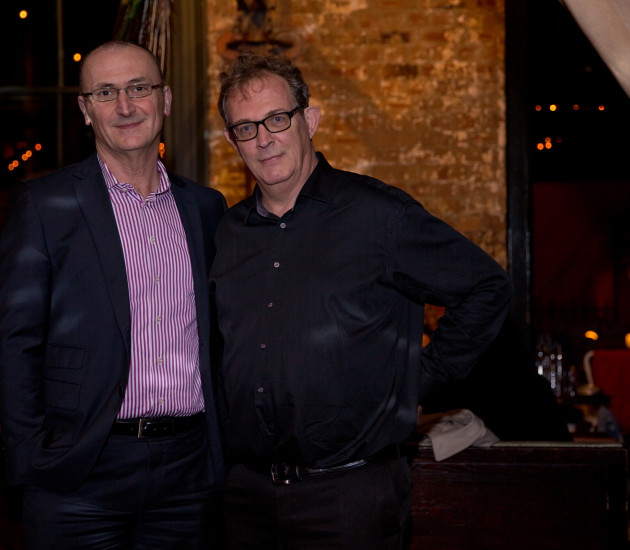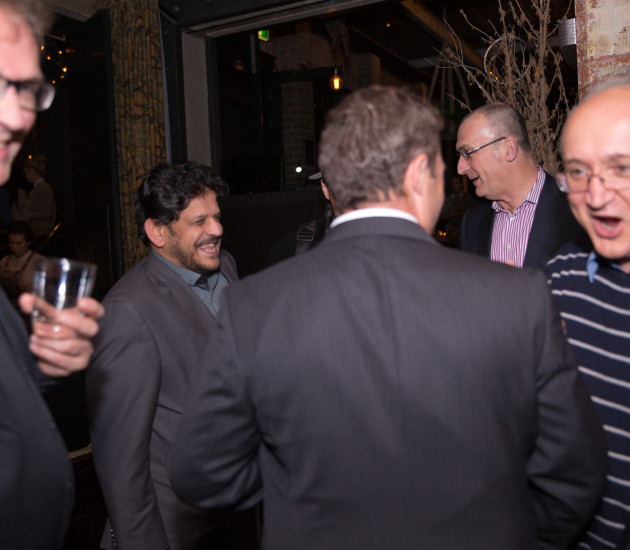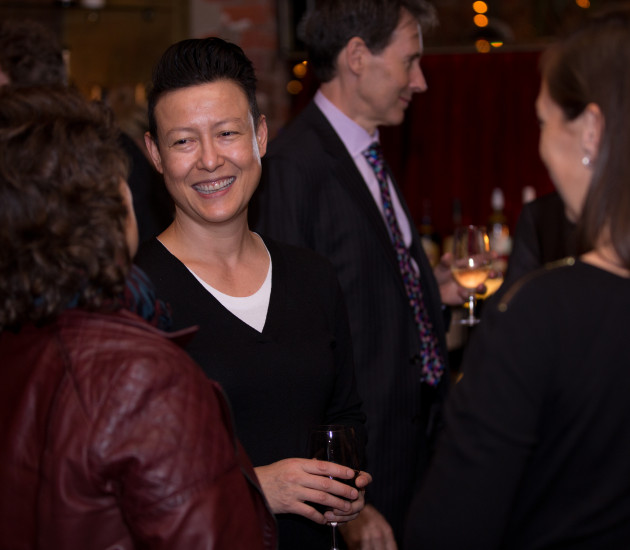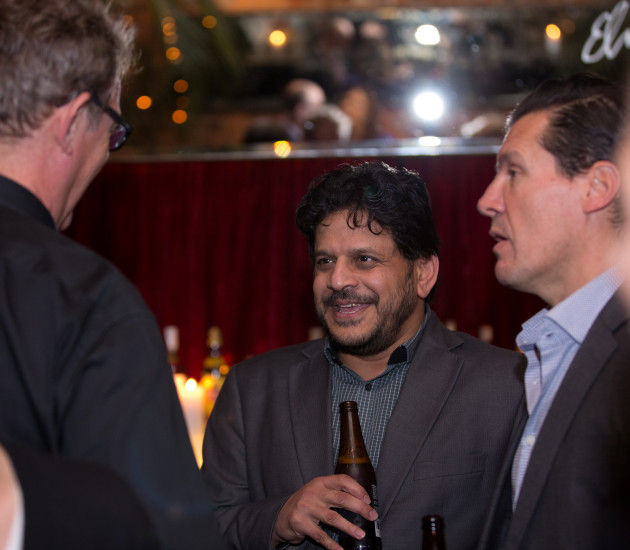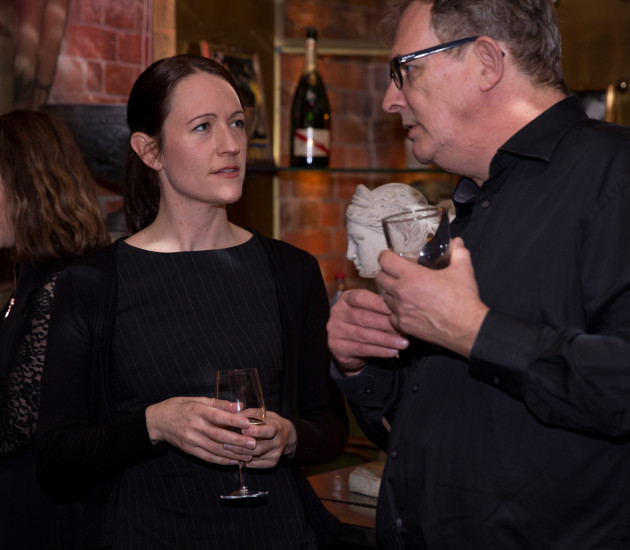 Image by salestinus sustyo h
Image by salestinus sustyo h
There are many reasons IT projects go off the rails or fail, but one of the most common is the behaviour of the people working on them.
Over the past decade spent rescuing troubled projects, we’ve identified six different group behavioural patterns that are common in successful, failed and reformed projects.
Understanding these behaviours and finding ways to recognise and expose them has been transformative in our line of work. But as large, high-profile IT projects continue to run into difficulties, we believe others might also find value in our methodology.
We refer to the behaviours as peak performance attributes and we consider them to be the six essential characteristics of a peak performing project team. We further divide the six attributes into two key areas, which we call business solution clarity and capability to execute. However, all six are considered predictive of project success.
Within business solution clarity, the three key peak performance attributes we look for in a project team are clarity of purpose, balance and alliance.
Clarity of purpose is as it sounds. Is everybody clear about the purpose of the project? And not only are they saying the right thing but are they acting in a unified way? This is a very important measure when a project involves multiple internal groups as well as third-party resources from big suppliers.
Balance is another important attribute in the project ecosystem – that is, among the project team, suppliers, business stakeholders, executives and the customer. All have to work in unison to achieve the project’s outcomes, and so balance is the ability of the ecosystem to trade off often-conflicting performance metrics of budget, schedule and solution quality or business outcome.
It’s very common in these projects to get different answers from different people, based on their own weighting of these trade-offs. A CFO may weight meeting budget higher than time or solution outcomes, whereas the business stakeholders may have a far greater focus on the solution quality rather then time or money.The reality is that to be successful, the project ecosystem has got to be able to efficiently trade those different factors off as a whole.
Alliance is characterised by a shared commitment and shared risks to operate as a unified temporary organisation for the business outcome. What happens when a project becomes stressed: are key suppliers as worried about the project risk profile as much as their own commercial risk profile? As soon as subgroups put their own risk agenda before the program’s risk agenda, the ecosystem starts to pull apart. Successful projects are unified and all pull in the same direction.
The other three characteristics – drive, certainty, and effectiveness – are all indicators of the project ecosystem’s capability to execute.
Drive is a measure of the group’s forward momentum on the project and their ability to quickly make and hold key decisions and overcome any issues that may crop up; certainty is about the group’s ability to effectively manage project risks; and effectiveness is a measure of the group’s ability to employ structured project management techniques to deliver project outcomes.
When we come across troubled projects, underperformance on any of these six characteristics is typically not a recent phenomenon that has caused the project to become derailed. Rather, low performance on these key attributes can be traced back to project inception.
Often, the project is set up and structured poorly – there may not be adequate role clarity, or the disciplines for managing the project are poor. It then becomes a chicken and egg problem: the poor structure causes poor behaviour, and poor behaviour then prevents the structure from being fixed.
Over the years we have codified recognition of the six group behaviours and used machine learning both to more quickly recognise variations in successful patterns of behaviour and to predict where they might lead if left unchecked. Each time we measure peak performance attributes of the group, our tool learns from them and improves its ability to predict whether a project is going to be successful or fail.
We have recently launched a new tool TeamAmp, that is part of our AI Assurance Suite that embodies our methodology and offers projects the ability to measure, monitor and manage these key performance attributes right from project commencement.
Time and again, we have found the human overseers of projects need help getting to grips with people problems. People are a very complex factor to measure and understand, and computers are well suited to this kind of behavioural pattern recognition.
In our more than ten years making projects right, the absence of specific project management methodologies and measures for people is clear. There are plenty of approaches to defining and measuring a schedule, defining and measuring a budget, designing, building and testing code. But what we found was it was the way people behaved and aligned, what they were focused on and how they managed risks jointly that really mattered to a project’s success or failure.
by Michael Devlin


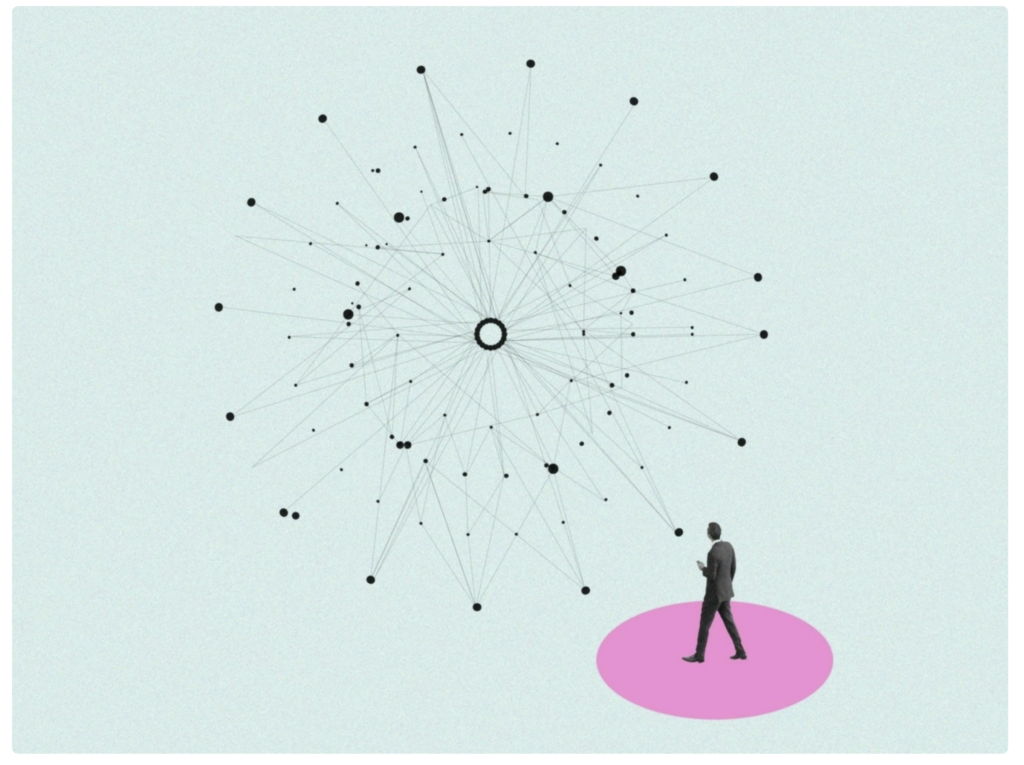 Image by Sourajit Sengupta
Image by Sourajit Sengupta 




